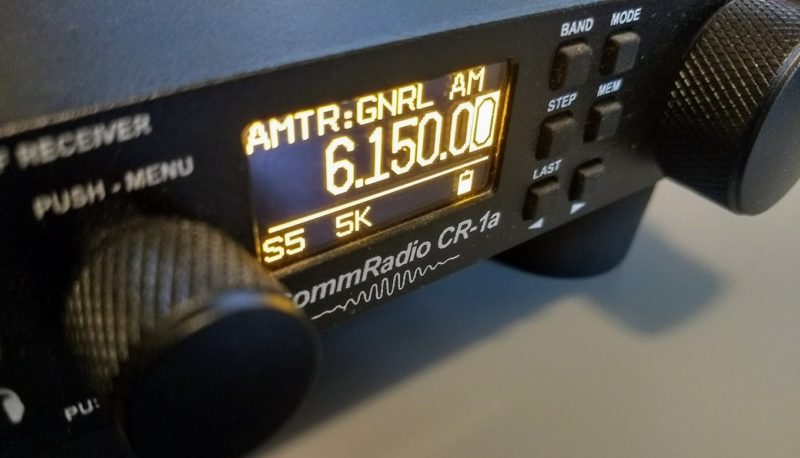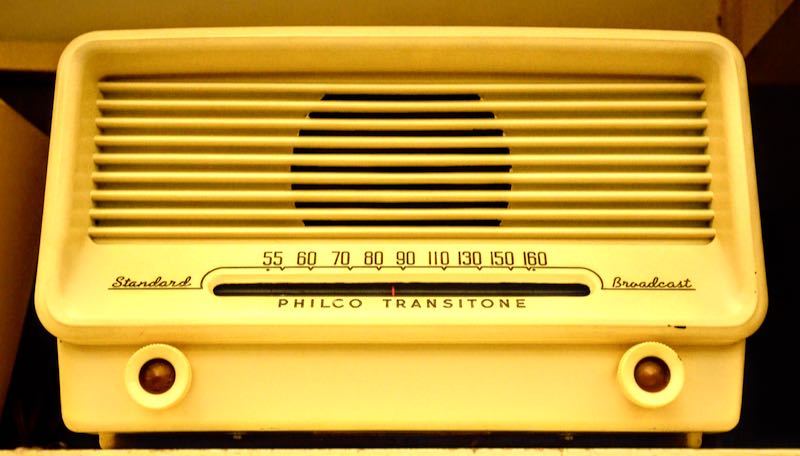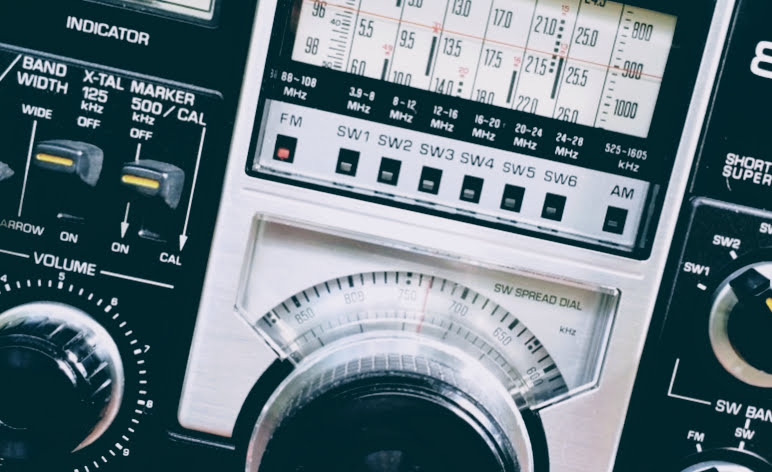
Radio Waves: Stories Making Waves in the World of Radio
Because I keep my ear to the waves, as well as receive many tips from others who do the same, I find myself privy to radio-related stories that might interest SWLing Post readers. To that end: Welcome to the SWLing Post’s Radio Waves, a collection of links to interesting stories making waves in the world of radio. Enjoy!
Many thanks to SWLing Post contributors John Hoad, Bruce Atchison, and David Korchin for the following tips:
The city of Chelmsford is celebrating its status as ‘the birthplace of radio’ 100 years ago today with a special live stream of a new play about the Marconi Company tests of 1920.
Britain’s first ever radio entertainment broadcast took place on 15 June 1920, and featured two arias by Australian operatic tenor Dame Nellie Melba, one of most famous singers of the late Victoria era. The broadcast from the Marconi Factory was heard all over Europe and picked up as far away as Canada.
To mark the milestone, Chelmsford City Theatre is streaming a radio play The Power Behind the Microphone: The First Live Radio Entertainment Broadcast about the original broadcast, 100 years to the minute at 7.10pm this evening. International opera star Anna Steiger will recreate the concert given by Madame Melba as part of a radio play based on the story of that fateful night and the breakthroughs that made it possible.[…]
https://youtu.be/h5hO9PsxJwM?t=1384
Three plaques mark the spot where the “forgotten father of broadcasting” worked.
CHARLES “DOC” HERROLD WAS A pioneer. After founding his College of Engineering and Wireless in 1909 inside the Garden City Bank building at 50 West San Fernando Street in San Jose, California, he launched the world’s first radio broadcasting station, which beamed music, news, and notably, advertising to listeners on a regular basis.
Herrold and his team at Station FN, which included his own wife, the world’s first female disc jockey, epitomized the mantra of many a Silicon Valley startup today: “move fast and break things.” His early transmitting devices burned out one after the other, and Herrold had to use a water-cooled microphone. He stole wattage from San Jose’s street car line to power his innovative “Arc Fone” transmitter, and cut a deal with a local store to play records on a Victrola that he would point at the microphone.[…]
Alfred Vail came up with dots and dashes, but Patent Office gave credit to Samuel Morse, the better known inventor
In 1887, 18 years after his father’s death, Stephen Vail took up metaphorical arms to claim Alfred Vail’s place as a key figure in communications history. Starting a war of words that would last decades and end with a declaration carved into stone, the younger Vail bombarded newspaper editors with letters. Alfred Vail’s son insisted that his dad had invented the dot-and-dash system used in telegraphy and known to all, and most gallingly to the younger man, as “Morse” code.
Before telegraphy, the United States had been more a collection of outposts than a nation—when a treaty ended the War of 1812, word from peace talks in Europe between Britain and the United States took so long to creep across the Atlantic that two weeks after the signatures on the peace treaty had dried British and American troops were fighting the Battle of New Orleans. Until telegraphy arrived for good in 1844, information traveled no faster than horses could gallop, trains could roll, or ships could sail. News from Boston reached San Francisco and vice versa by traveling aboard vessels that had to round South America’s southern tip. Only dreamers spoke of rails crossing North America or a canal traversing the Isthmus of Panama. […]
The overnight purge of top news organization officials at the US Agency for Global Media (USAGM) has raised concern among its federal government employees and reporters that their jobs, immigration status, and editorial independence may soon be at risk following the arrival of new CEO Michael Pack.
Pack, who is a conservative filmmaker and close ally of one-time Trump adviser Steve Bannon, and had just stepped into the job after being confirmed by the Republican-led Senate earlier this month, did not respond to a request by CBS News for comment or explanation.
“Pack uses deep state language. Is Bannon calling the shots?”
A USAGM source said this is the question being pondered by executives and journalists inside the organization now.
Four news division heads were removed from their positions, including Middle East Broadcasting Network chief Alberto Fernandez, who is a former US Ambassador, Radio Free Asia’s Bay Fang, Emilio Vazquez of the office of Cuba Broadcasting, and Radio Liberty’s Jamie Fly. Replacements have yet to be named.
Steve Capus, the former CBS and NBC News executive who had been serving as a senior advisor, was also dismissed. Earlier this week, the top director and deputy director at Voice of America resigned as did the head of the Open Technology Fund Libby Liu, which promotes global internet freedoms.[…]
Do you enjoy the SWLing Post?
Please consider supporting us via Patreon or our Coffee Fund!
Your support makes articles like this one possible. Thank you!

 Many thanks to SWLing Post contributor, James Copeland (KDØICP), who writes:
Many thanks to SWLing Post contributor, James Copeland (KDØICP), who writes:


